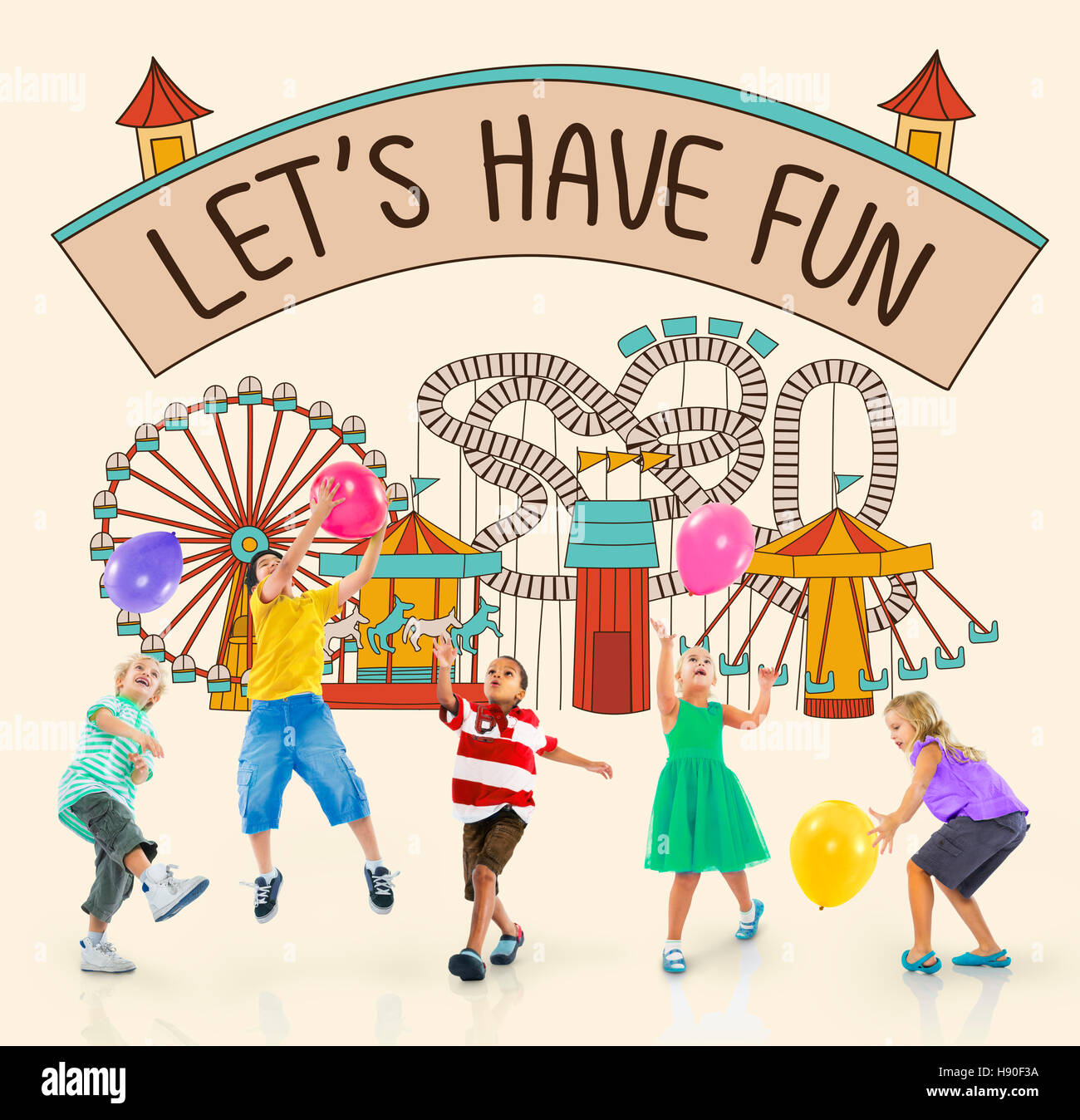
Fun Ways to Explain Budgeting (and Why It’s Not a Four-Letter Word)
Budgeting. The word itself can evoke feelings of restriction, deprivation, and endless spreadsheets. But what if I told you that budgeting doesn’t have to be a dreaded chore? In fact, it can be a fun, empowering tool that puts you in control of your finances and helps you achieve your dreams.
The key is to ditch the old-school, rigid mindset and embrace creative, engaging approaches that make budgeting more accessible and enjoyable. Here are some fun ways to explain budgeting, whether you’re teaching kids, teenagers, or even your fellow adults who are still on the fence:
1. The "Money Jar" Game (Perfect for Kids):
This is a classic method that introduces the concept of allocating funds for different purposes.
- How it works: Grab a few clear jars or containers. Label each one with a specific goal: "Savings," "Spending," "Giving," and maybe a fun category like "Treats."
- The Fun Part: Every time your child receives money (allowance, gifts, chore money), have them decide how to divide it among the jars.
- Why it’s effective: It’s visual, tangible, and teaches the fundamentals of prioritization and saving. Kids can see their money grow in the "Savings" jar and learn the joy of giving by contributing to the "Giving" jar.
- Pro Tip: For older kids, you can introduce percentages to allocate. For example, 50% goes to savings, 30% to spending, and 20% to giving.
2. The "Needs vs. Wants" Scavenger Hunt (Great for Tweens & Teens):
This activity helps differentiate between essential expenses and discretionary purchases.
- How it works: Create a list of items and activities, both "needs" (food, clothing, shelter, transportation) and "wants" (video games, designer clothes, eating out).
- The Fun Part: Have your teen go on a scavenger hunt around the house or even the neighborhood, identifying each item as either a need or a want.
- Why it’s effective: It’s interactive and encourages critical thinking. By physically identifying needs versus wants, teens gain a clearer understanding of where their money goes and how they can make more informed spending choices.
- Pro Tip: Follow up the scavenger hunt with a discussion about trade-offs. For example, "If you choose to buy this expensive pair of sneakers, what other wants might you have to sacrifice?"
3. The "Budgeting App Challenge" (Appeals to Tech-Savvy Individuals):
There are countless budgeting apps available, many of which are free or offer free trials.
- How it works: Encourage your friend or family member to download a budgeting app like Mint, YNAB (You Need a Budget), Personal Capital, or PocketGuard.
- The Fun Part: Turn it into a challenge! See who can track their expenses most accurately for a month or who can save the most money within a set timeframe.
- Why it’s effective: Budgeting apps automate much of the process, making it easier to track spending, set goals, and visualize progress. The competitive aspect can add an extra layer of motivation.
- Pro Tip: Before starting the challenge, compare different apps and choose one that fits your needs and preferences. Some apps are better for beginners, while others offer more advanced features.
4. The "Financial Vision Board" (Inspiring for All Ages):
This visual tool helps you connect your budgeting efforts to your long-term goals.
- How it works: Gather magazines, newspapers, photos, and art supplies. Create a collage that represents your financial aspirations – a new house, a dream vacation, early retirement, a college education for your kids.
- The Fun Part: Get creative and make your vision board as inspiring and visually appealing as possible.
- Why it’s effective: It transforms budgeting from a chore into a means to achieve your dreams. When you’re tempted to overspend, you can look at your vision board and remember what you’re working towards.
- Pro Tip: Place your vision board in a prominent location where you’ll see it every day, such as your bedroom, office, or refrigerator.
5. The "No-Spend Challenge" (A Fun Experiment):
This is a short-term challenge that encourages you to cut back on non-essential spending.
- How it works: Choose a week or a month to avoid spending money on anything except essential expenses like rent, utilities, groceries, and transportation.
- The Fun Part: Get creative with free activities and entertainment. Cook at home instead of eating out, borrow books from the library, and explore local parks and trails.
- Why it’s effective: It forces you to be more mindful of your spending habits and appreciate the things you already have. It can also help you identify areas where you’re overspending.
- Pro Tip: Before starting the challenge, make a list of exceptions to the no-spend rule. This will help you avoid feeling deprived and increase your chances of success.
6. The "Budgeting with Friends" Approach (Social Accountability):
Buddying up with a friend or family member can provide support and motivation.
- How it works: Find someone who shares your interest in improving their finances.
- The Fun Part: Set up regular meetings (in person or virtually) to discuss your budgeting goals, challenges, and successes. Share tips, recipes, and resources.
- Why it’s effective: It provides accountability and a sense of community. You’re more likely to stick to your budget when you know someone else is counting on you.
- Pro Tip: Choose a budgeting buddy who is supportive and encouraging, not judgmental or critical.
7. The "Gamified Budgeting" Experience (Turning Finance into Fun):
There are apps and websites that turn budgeting into a game, complete with rewards and challenges.
- How it works: Explore options like "Savings Spree," "Fortune City" or "PiggyBot" for kids or teens, or "Habitica" which can be adapted for budgeting.
- The Fun Part: Earn points, badges, or virtual currency for tracking your expenses, saving money, and reaching your financial goals.
- Why it’s effective: Gamification makes budgeting more engaging and rewarding. It can help you develop positive financial habits without feeling like you’re sacrificing anything.
- Pro Tip: Look for apps that align with your personal preferences and learning style. Some apps focus on saving, while others emphasize debt reduction or investment.
Important Considerations:
- Tailor the Approach: What works for one person may not work for another. Consider the individual’s age, personality, and financial goals when choosing a budgeting method.
- Emphasize the Benefits: Focus on the positive outcomes of budgeting, such as financial freedom, reduced stress, and the ability to achieve your dreams.
- Be Patient: Budgeting is a skill that takes time to develop. Don’t get discouraged if you make mistakes along the way. The important thing is to keep learning and improving.
- Make it a Habit: The key to successful budgeting is consistency. Make it a regular part of your routine, just like brushing your teeth or exercising.
Budgeting: It’s Not Just About Restricting
Budgeting isn’t about restricting yourself and never having fun. It’s about making conscious choices about how you spend your money so you can afford the things that truly matter to you. By using these fun and engaging methods, you can transform budgeting from a dreaded chore into an empowering tool that helps you achieve your financial goals and live a more fulfilling life. So, ditch the spreadsheets and embrace the fun side of budgeting!



